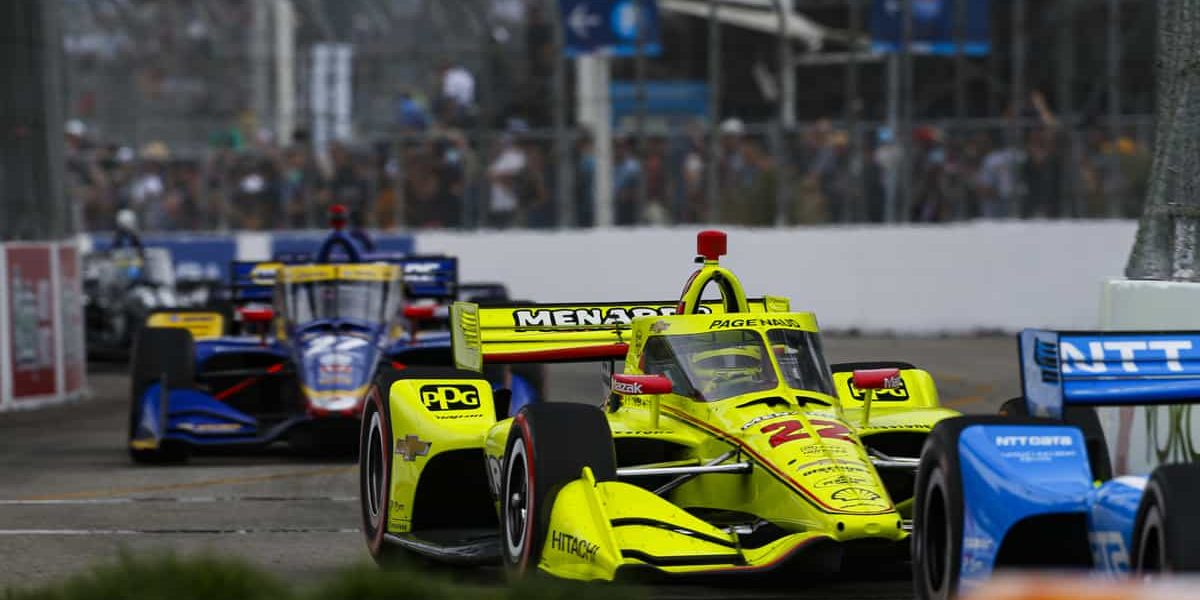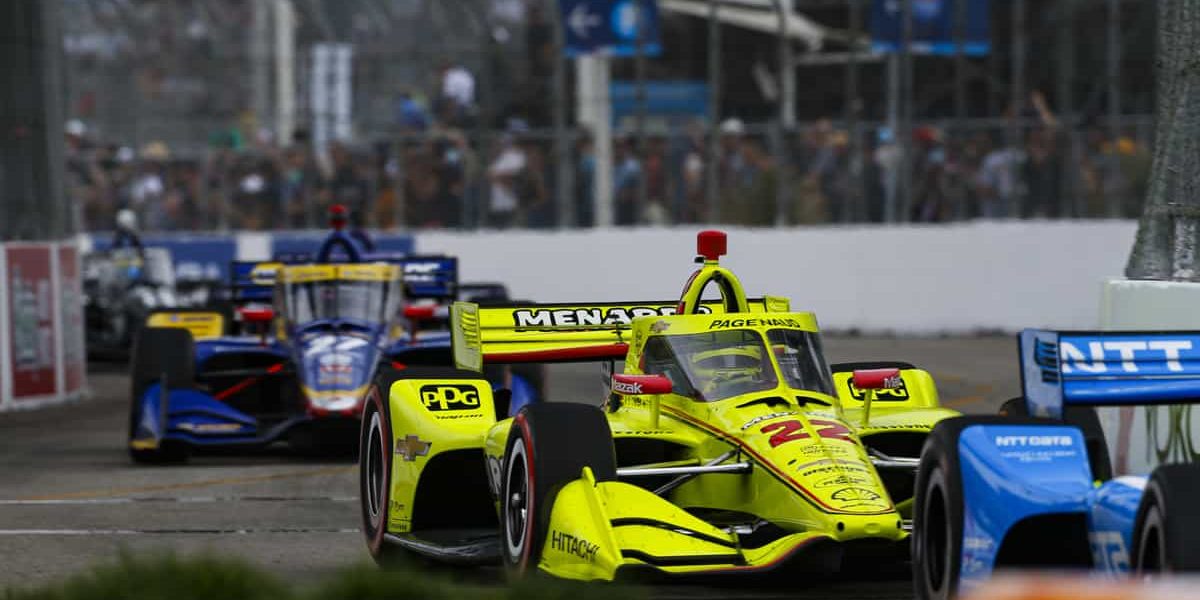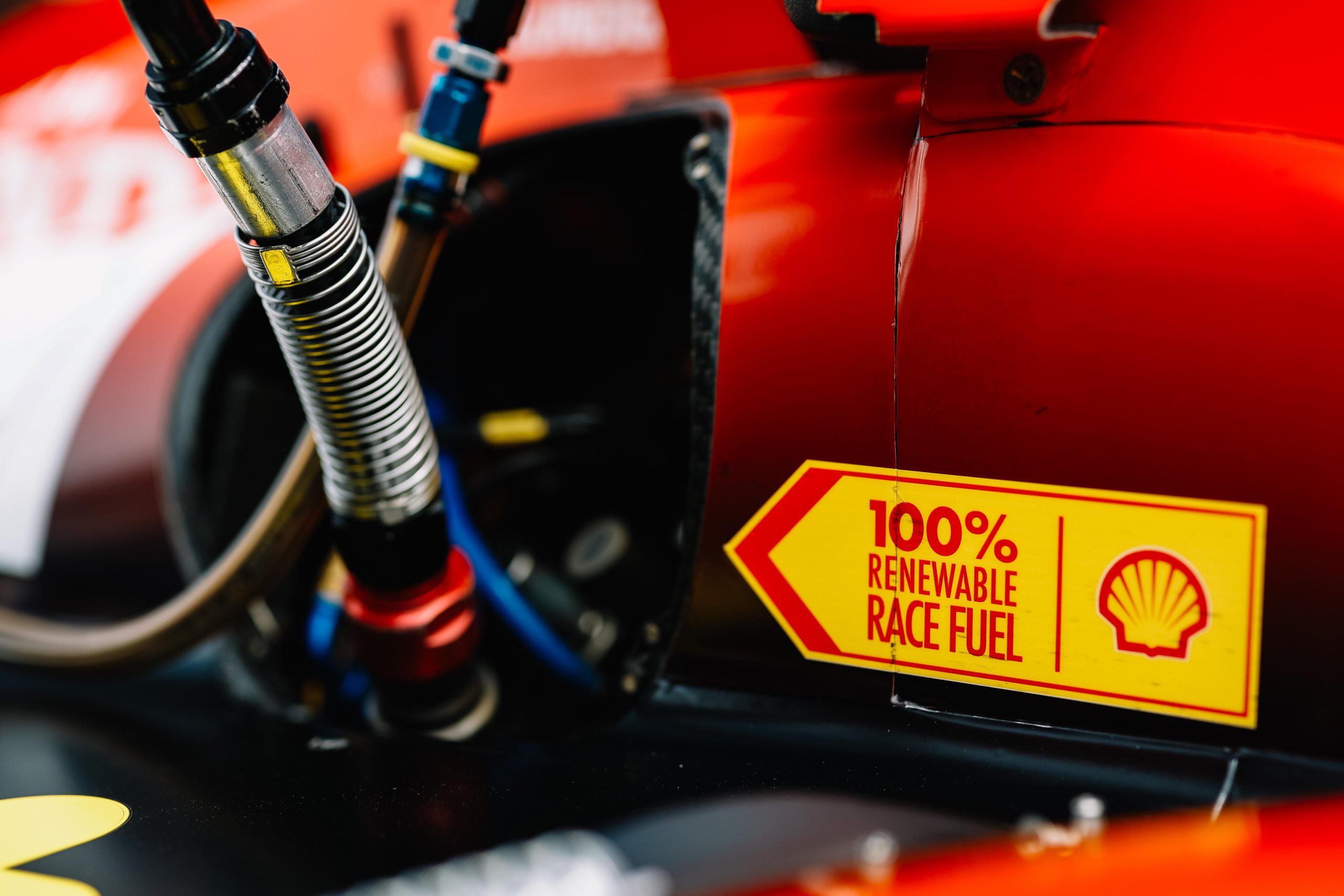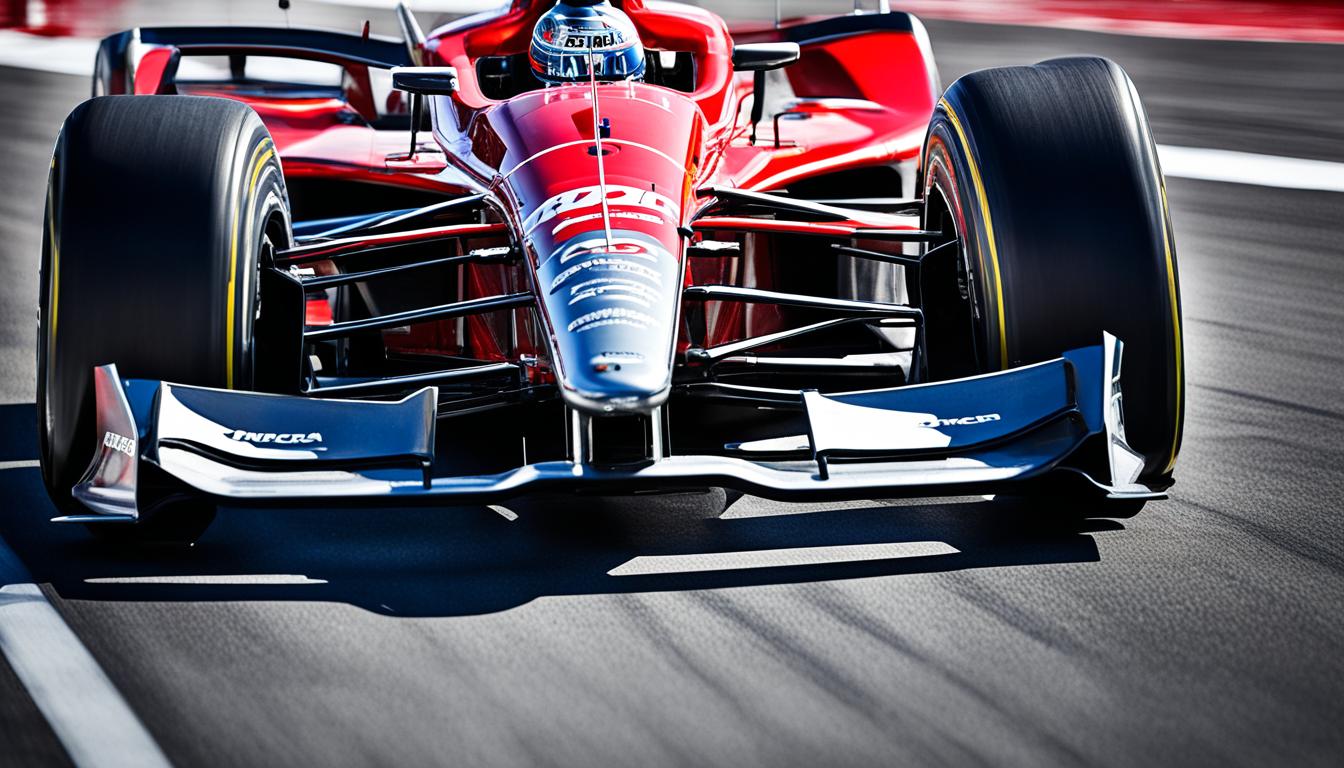Who makes IndyCar engines?


There’s something special about the sound of IndyCar engines revving up. It’s a unique noise that can only be heard in one place: the NTT IndyCar Series. For more than twenty years, this race has been drawing in fans from all over the world. And there’s a good reason for that. IndyCar is one of the most thrilling forms of motorsport out there.
The IndyCar Series is one of the most unique and challenging racing series in the world. The cars are open-wheeled, single-seat racecars that use an 85% mix of ethanol and gasoline. The tracks are a combination of street courses and ovals, which makes for an exciting and unpredictable racing series.
Now, we mentioned the engines—the powerful heart of an Indy car that can produce between 550 and 700 horsepower. Do you want to know just which manufacturers make these powerful units?
SEE ALSO: Why doesn’t IndyCar race at Daytona?

Table of Contents
Who makes IndyCar engines?
The cars in the NTT IndyCar series use engines produced by Honda and Chevrolet. These IndyCar engines are 2.2-litre V6 turbocharged units that can produce 550 horsepower and up, depending on the make.
The IndyCar Series has announced on October 3, 2020, a long-term extension with both Chevrolet and Honda. The new deal will see the two manufacturers continue to supply engines to the series through 2028.
“To be able to announce a long-term, multi-year extension with our two great partners is phenomenal,” INDYCAR President Jay Frye said, “It’s an exciting time in INDYCAR with the innovations in the car, the new 2.4-litre engine and hybrid technology.”
This is great news for IndyCar fans, as it means that we can look forward to many more years of exciting racing. Chevrolet and Honda have a long history in IndyCar.
The past of IndyCar engines
Honda and Chevrolet became the sole manufacturers of engines in 2012, which also marked the return of the engine manufacturer competition.
The McLaren TAG-400i engine control unit has been used in IndyCar since 2012. Direct and indirect injection are now combined into the engine fuel injector delivery system, resulting in roughly 300 bar (4,351 psi) of rail pressure. Additionally, IndyCar Series engines have no fuel flow restrictions.
After a six-year hiatus, Chevrolet made its return to the series in 2012 with all-new, Ilmor-developed and engineered V6 twin-turbocharged engines, while Honda remains committed to the series, providing all-new V6 single-turbocharged engines in 2012.
In 2012, Lotus supplied an engine developed by Judd, but the company left the series in 2013 after teams were unwilling to run its uncompetitive and underdeveloped engine.
During the 2012 Honda Indy Toronto round, the push-to-pass overtake system was reintroduced and is still in use. The system produces 60 horsepower (45 kW) and is rechargeable for about 6–200 seconds of use.
In 2019, Porsche has also expressed interest in serving as a third engine provider for IndyCar. Porsche, however, withdrew because IndyCar refused to allow them to produce a hybrid engine. Exactly one month after that, IndyCar announced it has plans to introduce a hybrid powertrain starting in 2023.
In 2012, Chevrolet and Lotus were the first engine manufacturers to use twin turbochargers, while Honda used a single turbocharger in 2012 and 2013. After 2013, Honda switched to twin-turbochargers until the present.
The future of IndyCar engines
A 2.4-litre, twin-turbocharged V-6 with hybrid technology is set to be introduced in the year 2023. In collaboration with Chevrolet and Honda, IndyCar expects that the new engine will further push the thrill and excitement in competitive racing—with an additional 100 horsepower on top of the standard ultimately resulting in over 900 horsepower.
“Honda welcomes this step to the future by INDYCAR, action that mirrors Honda’s efforts to develop and manufacture high-performance, electrified products that will meet industry challenges and delight our customers,” said Ted Klaus, president of Honda Performance Development, “At Honda, we race to develop our people, to innovate technologies and to engage fans. We are proud of our uninterrupted, 27-year leadership in INDYCAR, and look forward to delivering a next-generation Honda 2.4-liter hybrid power unit with more than 900 horsepower.”
“Chevrolet has enjoyed great success since joining the NTT INDYCAR SERIES in 2012 with our 2.2-litre, twin-turbocharged, direct-injected V6 engine,” said Mark Reuss, president of General Motors. “We are thrilled to be moving forward with INDYCAR because it’s the perfect showcase for our engine technology, in the only open-wheel racing series in America, a high-tech, growing series that Roger Penske and his team are absolutely taking to the next level.”
Furthermore, the newly designed powertrain system will provide a departure from the traditional manual transmission, as well as the ability to quickly restart the car following a stall on the track. As a result, the AMR INDYCAR Safety Team will have less exposure time on the track, and the fan experience will be improved because fewer caution flags may be flown, resulting in better flow and times for races.
“Fast, loud, and authentic,” Frye said, “along with a history of innovation – that’s our racing roots and will continue to be the sport’s legacy. This announcement keeps that in mind while celebrating a stable and bright future.”
What are the complete specs of the current IndyCar engine?
The current IndyCar engine boasts the following specs:
| Engine Architecture: | V6 twin-turbo, dual overhead cam 4-valve |
| Displacement: | 2.2 litres |
| Head/Block Material: | Aluminum |
| Max RPM: | 12,000 rpm; 12,200 overtake |
| Boost Level: | 1.3 – 1.5 bar |
| Fuel System: | Dual-pump direct injection designed for E85 fuel |
| Turbos: | BorgWarner |
| Rebuild Life: | 2,500 – 2,850 miles |
| Max Horsepower: | 735 hp |
| Transmission: | 6-speed sequential Xtrac |
| Electronics: | McLaren ECU with Cosworth driver interface |
| Assembled Engine Mass: | 248 lbs. |
Did Toyota produce engines for IndyCar?
Toyota indeed had its own history in the IndyCar series.
From 1996 to 2002, Toyota competed in the CART IndyCar World Series. The series’ early years were not successful for Toyota.
PPI Motorsports and All American Racers promoted Toyota-powered cars which were unreliable and slow. In September 1998, Toyota’s first lap was led by Alex Barron at the Vancouver street circuit.
Scott Pruett’s pole position at the California Speedway at the end of the season was the beginning of a turnaround for Toyota in 1999. In the following year, Juan Pablo Montoya won the Milwaukee Mile for Toyota, the first of five races Toyota won that year.
Six races were won by Toyota-powered cars in 2001. It was Toyota’s final year competing in the championship in 2002 that brought about a dramatic change from its bleak debut. With 10 races to its credit, Toyota won the Manufacturers’ championship, with Cristiano da Matta winning the Drivers’ championship with Bruno Junqueira finishing second in a Toyota.
In 2003, Toyota moved from CART to the IRL IndyCar Series where it provided direct support to the former CART teams Team Penske and Target Chip Ganassi Racing, among others. With Gil de Ferran and Scott Dixon, they won the Indianapolis 500 and the championship in their first year.
Toyota announced in 2006 that it will leave the IndyCar Series prematurely.
Toyota continued to sponsor the Long Beach Grand Prix from 2009 until 2018—when it was replaced by Acura as the official title sponsor of the Long Beach Grand Prix.
Does Toyota have plans to come back to open-wheel racing?
Here’s what David Wilson, the president of Toyota Racing Development, had to say, “Toyota and TRD are always having discussions within the garages that we currently compete as well as with other sanctioning bodies to ensure we keep up relationships and maintain a finger on the pulse of U.S. motorsports. We enjoyed our previous experience with CART and IndyCar and trust that under Roger Penske’s stewardship, IndyCar will continue to prosper. Right now, however, our focus is on our competition in NASCAR, IMSA, SRO, NHRA, Formula Drift, USAC, POWRi and Championship Off Road Racing.”










